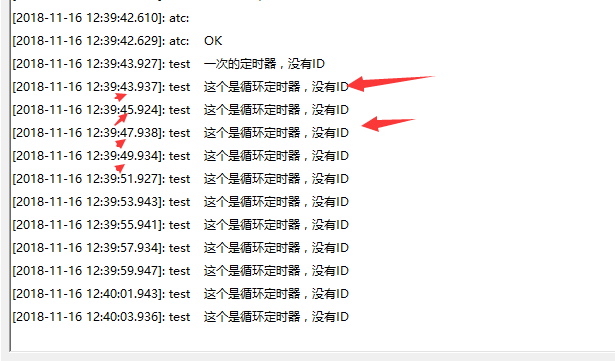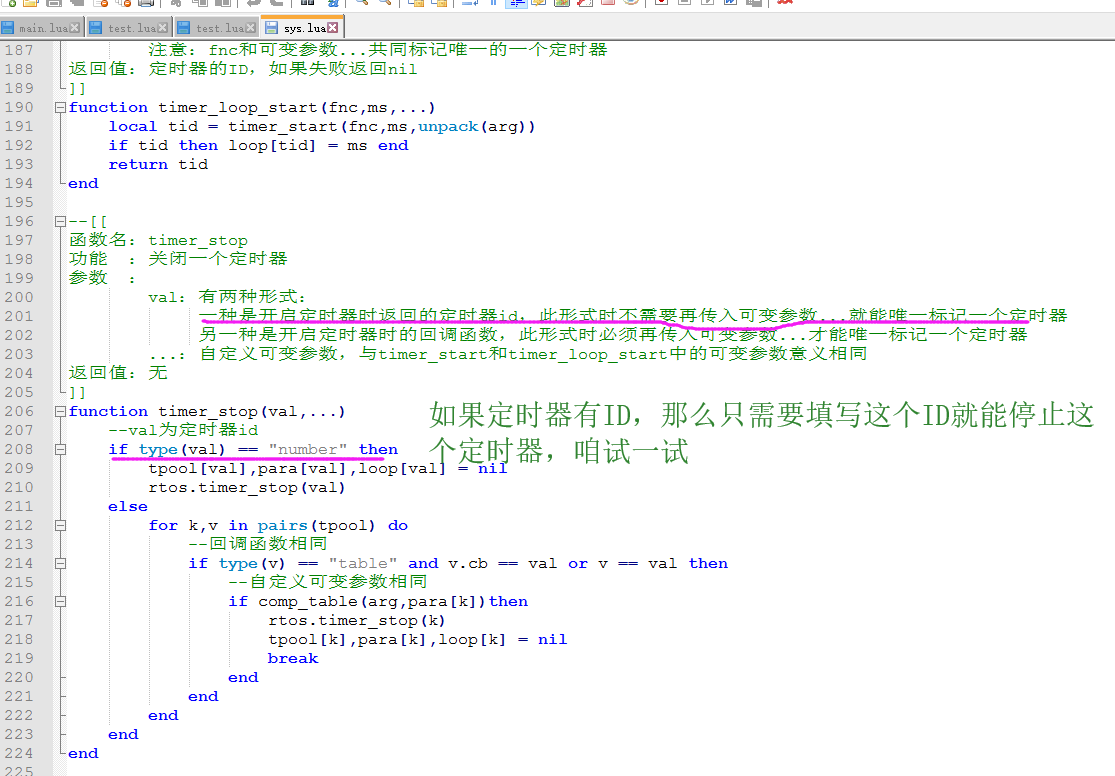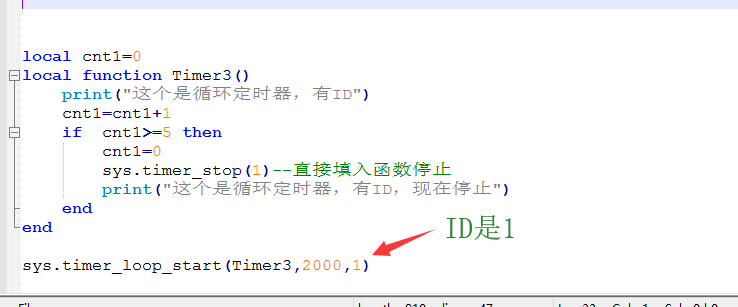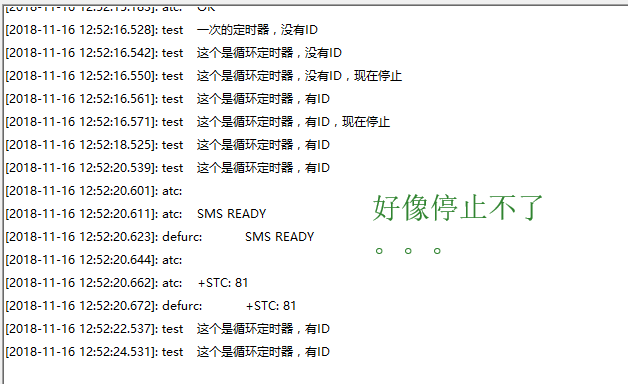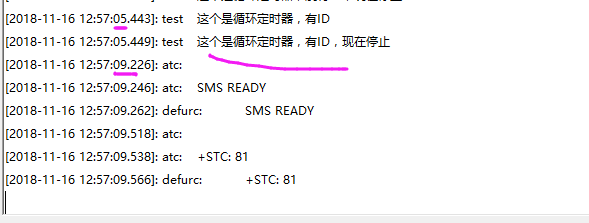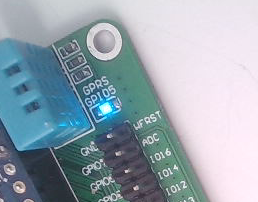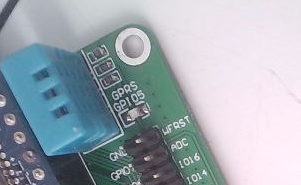https://www.cnblogs.com/yangfengwu/p/9968405.html
因为自己看到好多问多个文件调用的,感觉这个应该说一说
对了大家有没有知道这个是干什么的

大家有没有看这篇 https://www.cnblogs.com/yangfengwu/p/8965054.html
实际上,这是lua5.几新加的功能,就是为了省掉那些复杂的程序
我又新建了一个test1

让test 调用 test1里面的一个变量
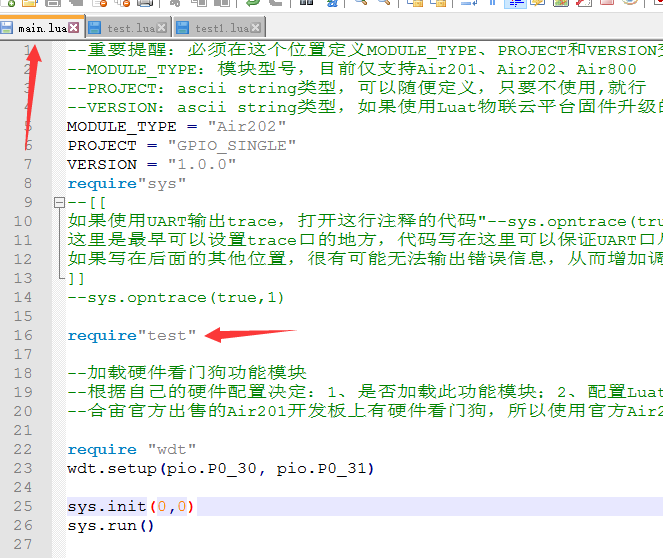
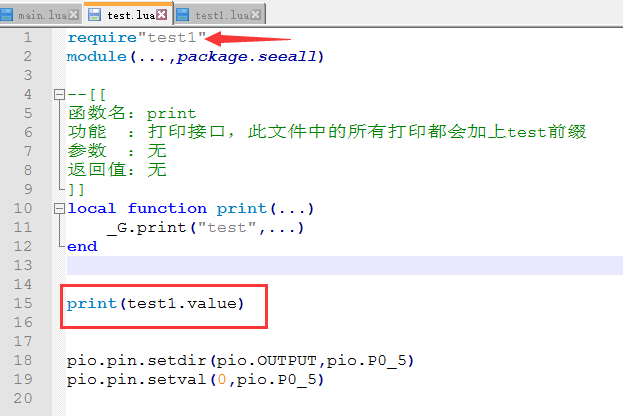
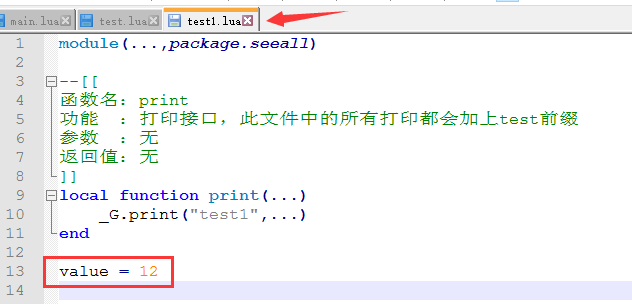
下载进去
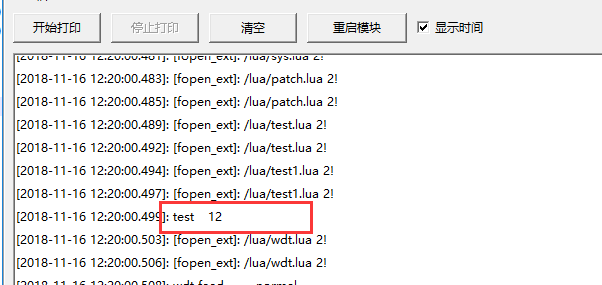
注意哈,这样是不允许的,再用test1请求test文件,然后调用test里面的值
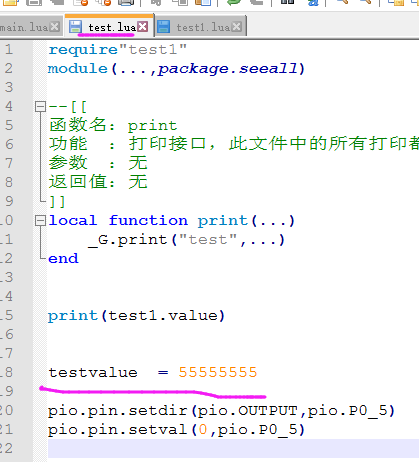

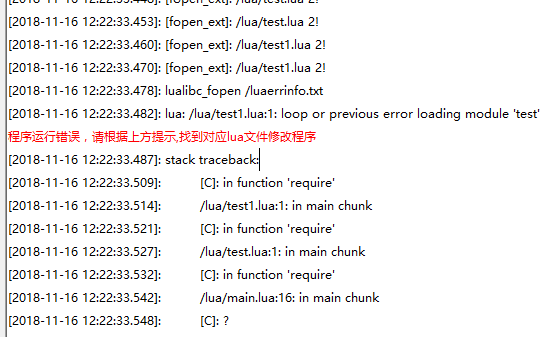
如果想这样做,其实可以再做一个文件哈,里面放一个变量,然后test和test1都可以请求这个文件并操作这个变量
现在看定时器

我这里就直接说啦 一次性的定时器(执行一遍就完)(不带ID)
module(...,package.seeall) –[[
函数名:print
功能 :打印接口,此文件中的所有打印都会加上test前缀
参数 :无
返回值:无
]]
local function print(…)
_G.print(“test“,…)
endlocal function Timer1()
“一次的定时器,没有ID“)
print(
endsys.timer_start(Timer1,
10000)//延时10S调用Timer1函数
下载看看
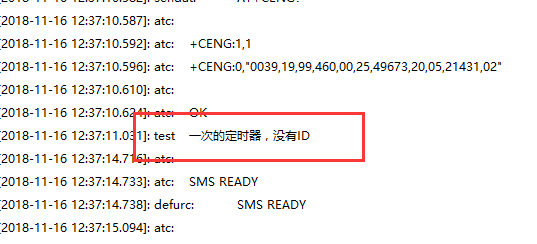
一次性的不需要关闭,因为是自己关闭
然后来个循环的
<div class=”cnblogs_code” style=”background-color: rgb(245, 245, 245); border: 1px solid rgb(204, 204, 204); padding: 5px; overflow: auto; margin: 5px 0px; font-family: “Courier New” !important; font-size: 12px !important;”><pre style=”margin-bottom: 0px; font-family: “Courier New” !important; font-size: 12px !important;”>module(…,package.seeall) –[[函数名:print
功能 :打印接口,此文件中的所有打印都会加上test前缀
参数 :无
返回值:无
]]
local function print(…)
_G.print(“test“,…)
end
local function Timer1()
print(
end
sys.timer_start(Timer1,
10000)local function Timer2()
print(
end
sys.timer_loop_start(Timer2,
2000)

